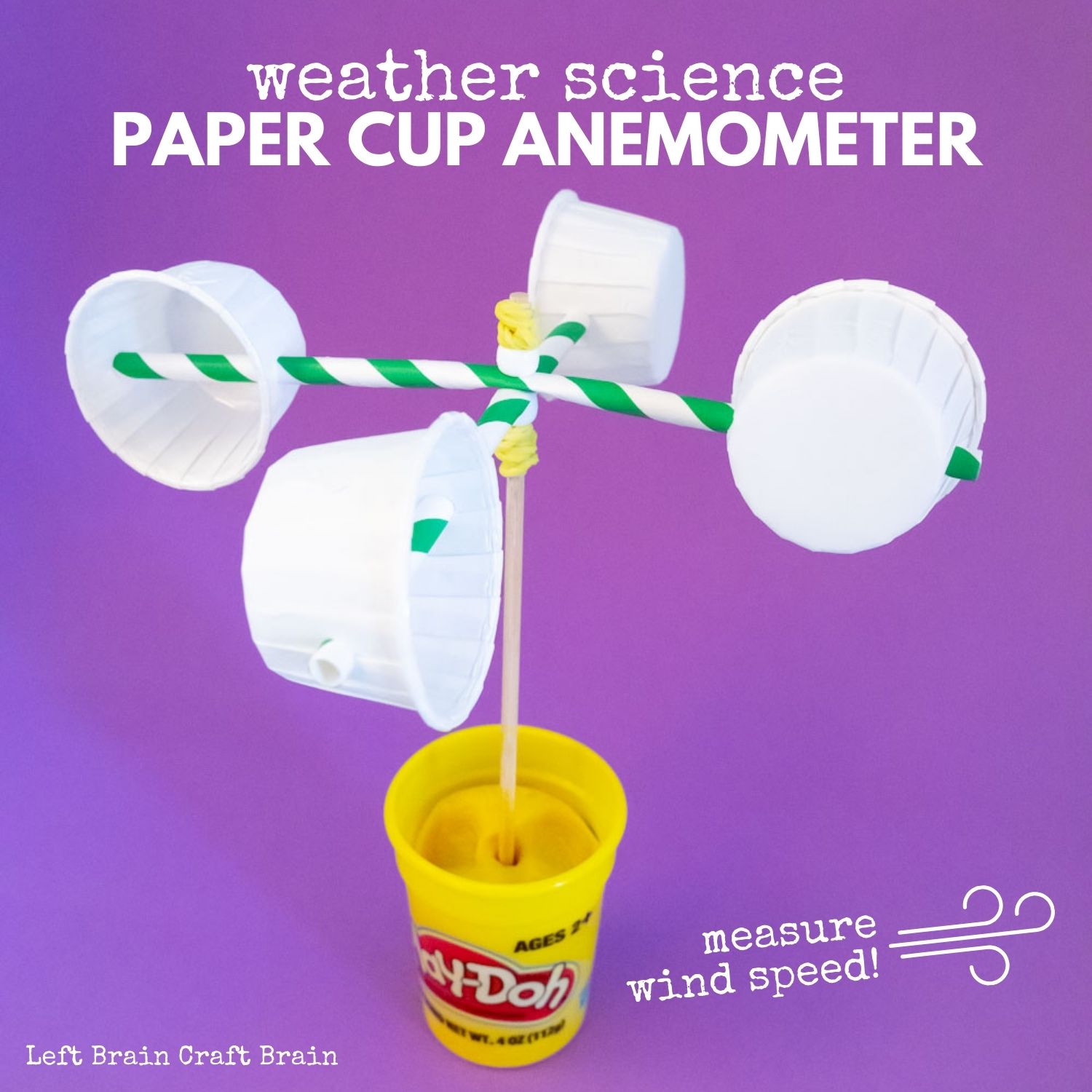Anemometers Unveiled: Recognizing Their Importance in Environmental Tracking and Precaution
The function of anemometers in environmental surveillance and safety and security actions is typically taken too lightly, yet their value is indisputable. These instruments have a long history rooted in clinical questions and technological developments, developing to become essential devices in numerous fields. From meteorology to air travel safety, anemometers play an important function in supplying precise data that educates decision-making processes and enhances total security. Understanding the details of anemometers reveals a world of essential insights that are fundamental to our understanding of the environment and the measures we require to guarantee safety and security.
History of Anemometers
The development of anemometers can be mapped back to the ancient human beings where fundamental wind determining devices were very first utilized. One of the earliest well-known anemometers was the hemispherical cup anemometer created by Leon Battista Alberti in the 15th century.
In the 18th century, the distinguished scientist John Thomas Romney Robinson introduced the Robinson anemometer, which included 4 hemispherical cups placed on straight arms that prolonged from a central axis. This style became a criterion in atmospheric dimensions due to its accuracy and dependability. Throughout the years, developments in innovation led to the development of even more contemporary anemometers, including ultrasonic anemometers and laser Doppler anemometers, providing increased precision and performance in determining wind speed and instructions. The history of anemometers showcases a remarkable trip of innovation and progression in the field of meteorology.
Sorts Of Anemometers
Throughout the area of meteorology, various types of anemometers have actually been established to accurately measure wind speed and direction. Sonic anemometers utilize ultrasonic signals to determine wind rate and direction precisely. Hot-wire anemometers operate based on the principle that the cooling impact of wind on a heated cable is proportional to the wind rate.
Applications in Weather Forecasting
Having actually talked about the different kinds of anemometers used in meteorology for measuring wind rate and direction, it is necessary to discover their useful applications in the area. Anemometers play a vital duty in weather forecasting by providing real-time and accurate data on wind problems (anemometer). Meteorologists make use of anemometers to keep an eye on wind speed and direction to forecast weather patterns, issue warnings for severe weather occasions like storms, twisters, and storms, and analyze weather for air travel safety and security
In meteorology, anemometers help in comprehending regional and regional wind patterns, which are important for anticipating climate modifications and identifying weather patterns. These devices are likewise made use of in research study to research microclimates, urban warmth islands, and air pollution dispersion. In addition, anemometers are utilized in agriculture to maximize plant management techniques, such as watering and pesticide application, based on wind conditions.
Relevance in Aeronautics Security
An indispensable aspect of making certain aviation safety and security depends on the careful monitoring check of wind conditions utilizing anemometers. Anemometers play a crucial duty in air travel by giving real-time data on wind speed and instructions, helping pilots in making informed choices throughout trip, liftoff, and touchdown. Strong and unforeseeable winds can dramatically affect aircraft procedures, making it important for aviation authorities to depend on accurate wind measurements to make certain the security of passengers and team.

In the dynamic setting of air travel, where also minor adjustments in wind speed and direction can have extensive effects, anemometers stand as essential devices for promoting risk-free and secure flight.
Duty in Environmental Research Study
Just how do anemometers add to developments in ecological research? Anemometers play an essential function in ecological research by supplying essential data on wind rate and instructions. This information is vital for recognizing various climatic procedures, such as air pollution dispersion, weather patterns, and climate modification. By properly gauging wind qualities, anemometers assist scientists analyze the movement of pollutants in the air, evaluate the effect of commercial discharges, and forecast the spread of contaminants in the environment.


Conclusion
In conclusion, anemometers have played an important function in environmental monitoring and safety measures. With a rich background and numerous kinds offered, these gadgets have been widely used in meteorology, aeronautics safety and a knockout post security, and ecological research study. Comprehending the relevance of anemometers is necessary for precisely determining wind speed and direction, which is important for predicting weather patterns, guaranteeing safe aviation procedures, and conducting environmental researches - anemometer. Their payments to these fields can not be ignored.
One of the earliest known anemometers was the hemispherical mug anemometer created by Leon Battista Alberti in the 15th century. Over the years, innovations in innovation led to the development of even more contemporary anemometers, including ultrasonic anemometers and laser Doppler anemometers, offering boosted accuracy and performance in measuring wind rate and direction. Hot-wire anemometers operate based on the concept that the cooling impact of wind on a heated cord is proportional to the wind rate. Meteorologists use anemometers to check wind speed and instructions to forecast climate patterns, problem cautions for extreme my link weather occasions like hurricanes, storms, and typhoons, and analyze climatic conditions for aviation security.
Recognizing the significance of anemometers is necessary for precisely measuring wind speed and direction, which is crucial for anticipating weather condition patterns, making certain secure aeronautics procedures, and conducting environmental studies. (anemometer)